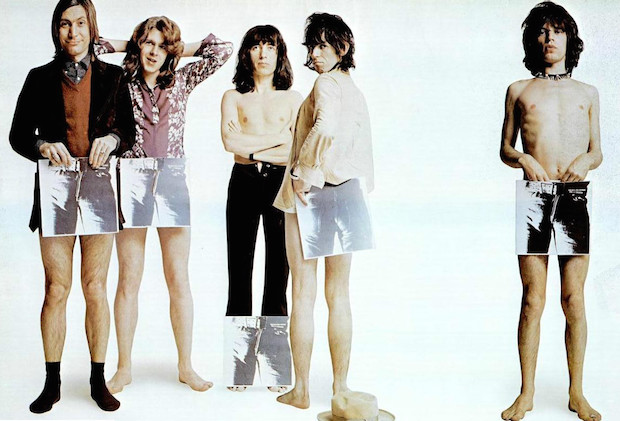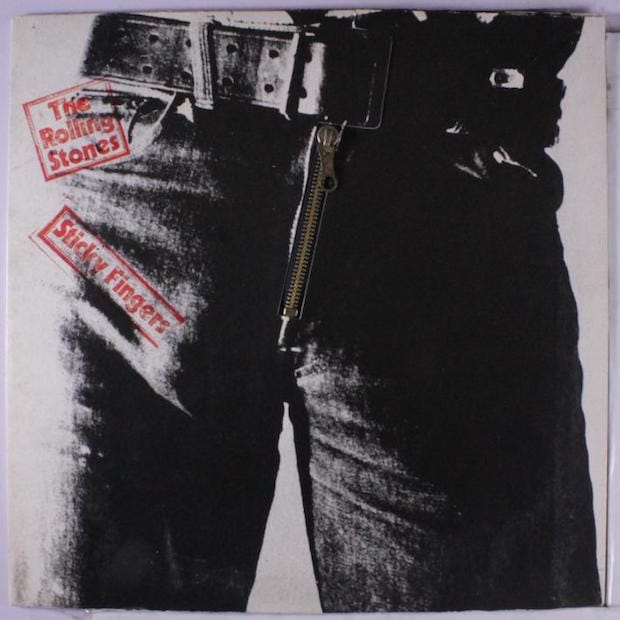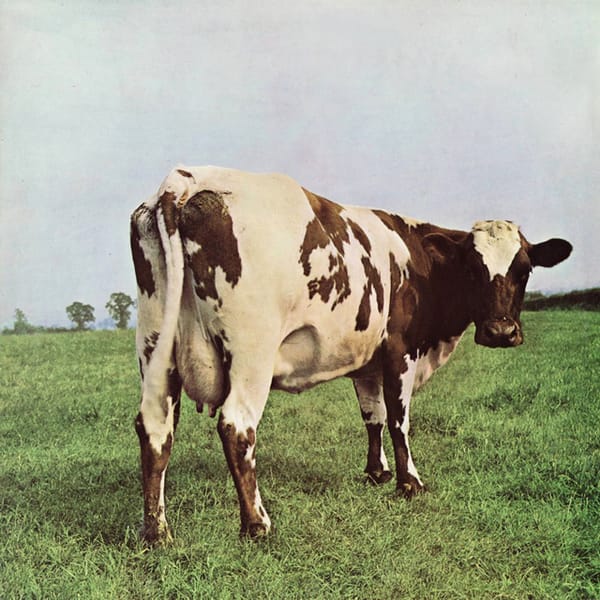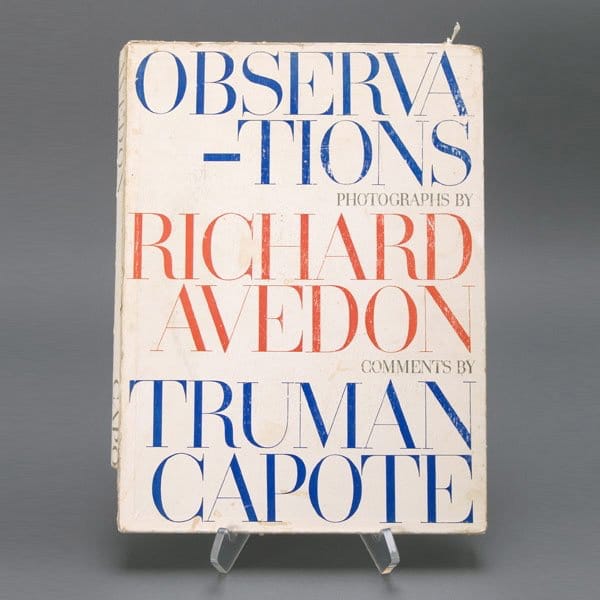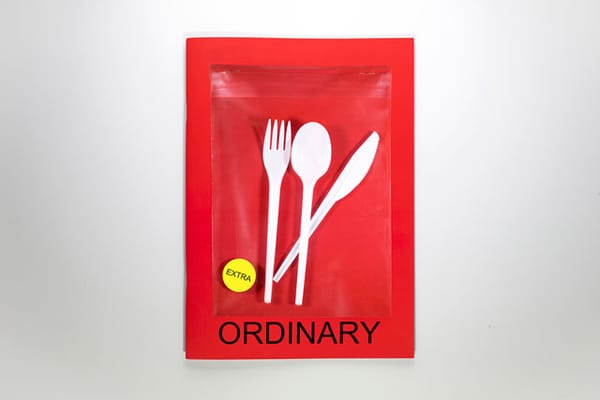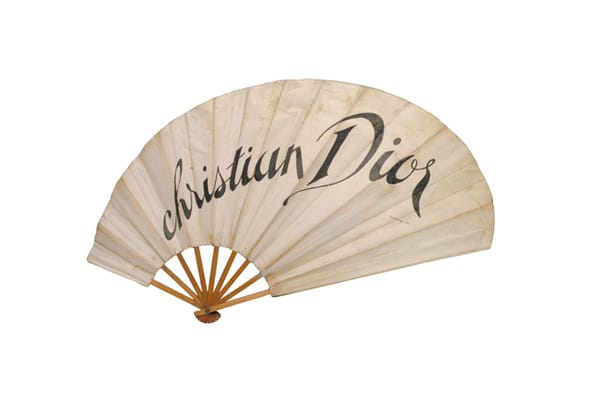With its cheeky bulge and working zipper, Andy Warhol’s cover for the Roling Stones’ Sticky Fingers was rebellion embodied, but was it all talk and no trousers? Wax & Stamp’s Luke Murphy-Wearmouth thinks not.
I remember the joy when I discovered my father’s turntable. I was around ten at the time, and the turntable had always sat in the lounge, unused and unloved, as did the stack of vinyl that was about 99 parts my dad and one my mother (Dire Straits’ Making Movies in fact). Between Steely Dan, Doobie Brothers and Queen sat my father’s single Rolling Stones record. As a ten-year-old, the puerile humour of having a man’s big knob very clearly visible in a pair of tight jeans was solid gold. Being able to flip open the cover and suddenly “he’s only in his pants” was almost too much to bear. Clearly, my father and his friends had seen the gimmicky appeal of the zipper and ripped it clean off with too much use.
Years later, I now see the Stones’ Sticky Fingers as an embodiment of the rebelliousness that defined music in the Sixties and Seventies. Kids can stick two fingers up at their stuffy, traditionalist parents by buying records with lewd covers, with songs like Bitch, Sister Morphine and Brown Sugar surely offending their sensibilities. The Andy Warhol-designed cover is a statement that they were there to shock and offend with their overt sexuality. The fact that the working zipper and belt buckle on the original release actually damaged the records may suggest that shocking and offending were higher on their list of priorities than the music, but sacrifices must be made for art, right?
To me, the Stones were punk before punk, inspiring a fair few of the protopunk acts that would in turn inspire bands like The Damned and The Clash. They weren’t the first to challenge the mainstream and make a statement, but they were definitely a large influence on what came after. Sticky Fingers still holds a place for me, embodying the picture in my head of the swagger, sex and debauchery of Sixties and Seventies rock. A far better embodiment of a great time in pop music than watching the skeletal, washed up octogenarians prance around the stage today, strangling the life out of the greatness they once comfortably held.
lurkmoophy.com
waxandstamp.com
To coincide with Covershot, vinyl subscription club Wax & Stamp is offering Grafik readers 10% of their first month’s subscription. Just head to Wax & Stamp with the code GRAFIK to claim the discount.
Luke Murphy-Wearmouth
…is the co-founder of Wax & Stamp, a vinyl subscription club that delivers two new records to your door each month. It’s kind of like the Stack magazines of the vinyl world. London-based and especially interested in UI design, Murphy-Wearmouth has recently worked on product, web and branding projects for the likes of Sydney Opera House, FT.com, Red Bull, Hotels.com, and Microsoft. He also founded app development conference Native Summit and likes to chase ghosts through London by running Ghost Crawl.
Naughty Stones
The Rolling Stones’ bad boy reputation is not unfounded. The band are not known for their moderate enjoyment of sex, drugs, and rock’n’roll. Bill Wyman reportedly coined the term ‘groupie’ during the Stones' tour of Australia in 1965 and not let’s not even talk about Mars Bars. But japes were high on the agenda too. When just starting out in 1963, the long-locked boys placed an ad in the national papers which read, "Best wishes to all the starving hairdresser and their families” and to launch record Beggars Banquet, the Stones held a medieval banquet for members of the press, during which trays of custard pies were brought out for the Stones to fling at journalists. But there was such thing as too much fun: the Stones saxophonist Bobby Keys was asked to leave the band in 1973 after he filled a bath with Dom Perignon and drunk his way through half a tubful, missing several rehearsals.
